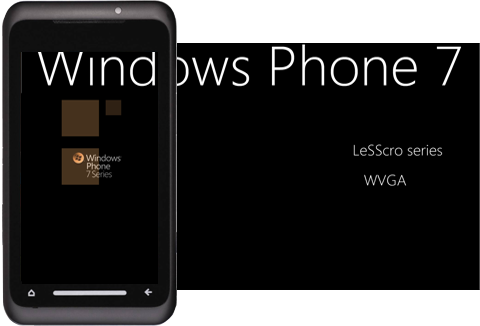This trend with Metro UI is getting quite hot nowadays and I am really interested in it. I find it extremely good looking, clear and IMHO it follows quite well with the rules of simplicity. I will save the details for another post.
At this point I was interested in some problems that a colleague (N.Baxevanis) of mine had when trying to build a Metro UI window for WPF. As you will see in his relative post he was somehow under the impression that the LocationChanged event wasn't triggered. After we solved that he was trying to find out why another event, LostFocus, didn't fire on a Window level when he was moving his cursor to another application.
It seems that a lot of people have the same question around the net so I think I can clarify some things about windows in general. It seems to me that people that have no or little Windows API experience struggle when confronted with it's internals and to be honest the whole API can be a little intimidating for the newcomers.
Back to the LostFocus event...
First of all this event does not fire on "windows forms" level. The respective events are Activated and Deactivated. On a Window level LostFocus has to do only with the windows that belong to the same application thus to the UI thread that are children of our main window. It is the expected behavior not to fire LostFocus when a user changes an application.
So one might ask: "I have seen all these cool effect that MetroTwit and Zune do when you select another applicaiton! How the $##! are they doing it?". Well, there is a nice tool called Reflector which can give you a thorough insight. But since you might not be aware of it, msdn comes to the rescue. There are two ways that can identify you application as the currently activated for the Windows operating system.
The easiest one (special thanks to my brother for this), which will be quite familiar to the high level C# developers, is to capture the LostKeyboardFocus. This event triggers always when a Window/Form/whatever looses the keyboard meaning it will fire not only when you point to another application but also when you point to another child window.
Another WPF solution (and the one I personally like more) would be to capture the Application.Activated and Application.Deactivated events or the respective window level events. I will let the msdn links tell you the rest.
The other solution that can fit our purpose is to capture the Windows events. Off course you will need to import the quite famous "user32.dll" and also have your own code for the following method:
IntPtr WindowProc(IntPtr hwnd,
Int32 msg,
IntPtr wParam,
IntPtr lParam,
ref Boolean handled).The message you are looking for is the WA_INACTIVE. This is the message sent by Windows OS to all the UI threads when one of them is getting activated/set as the foreground one.
I am sure there are a few other ways that you can make this thing work. Any proposals are always welcome!




No comments:
Post a Comment